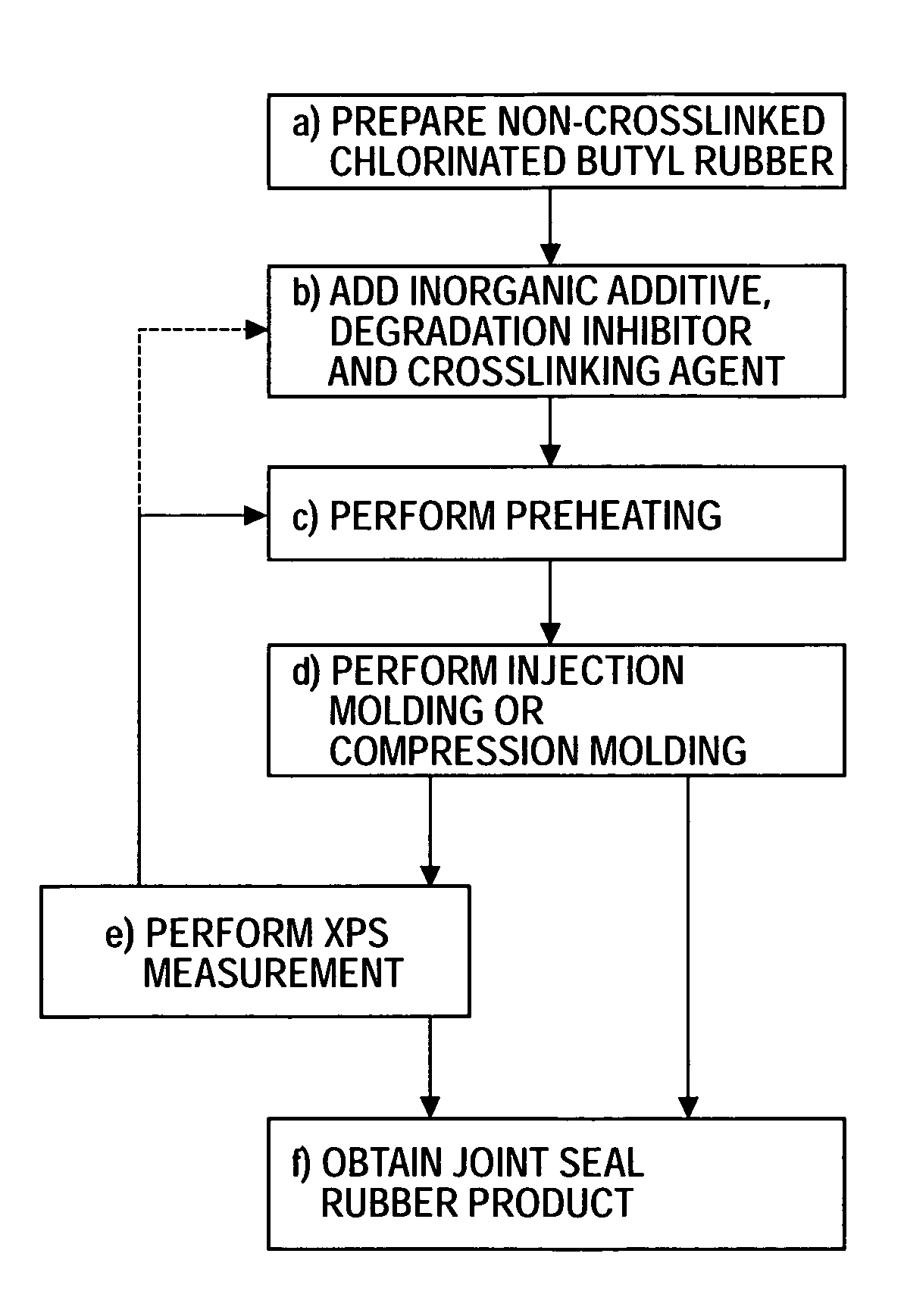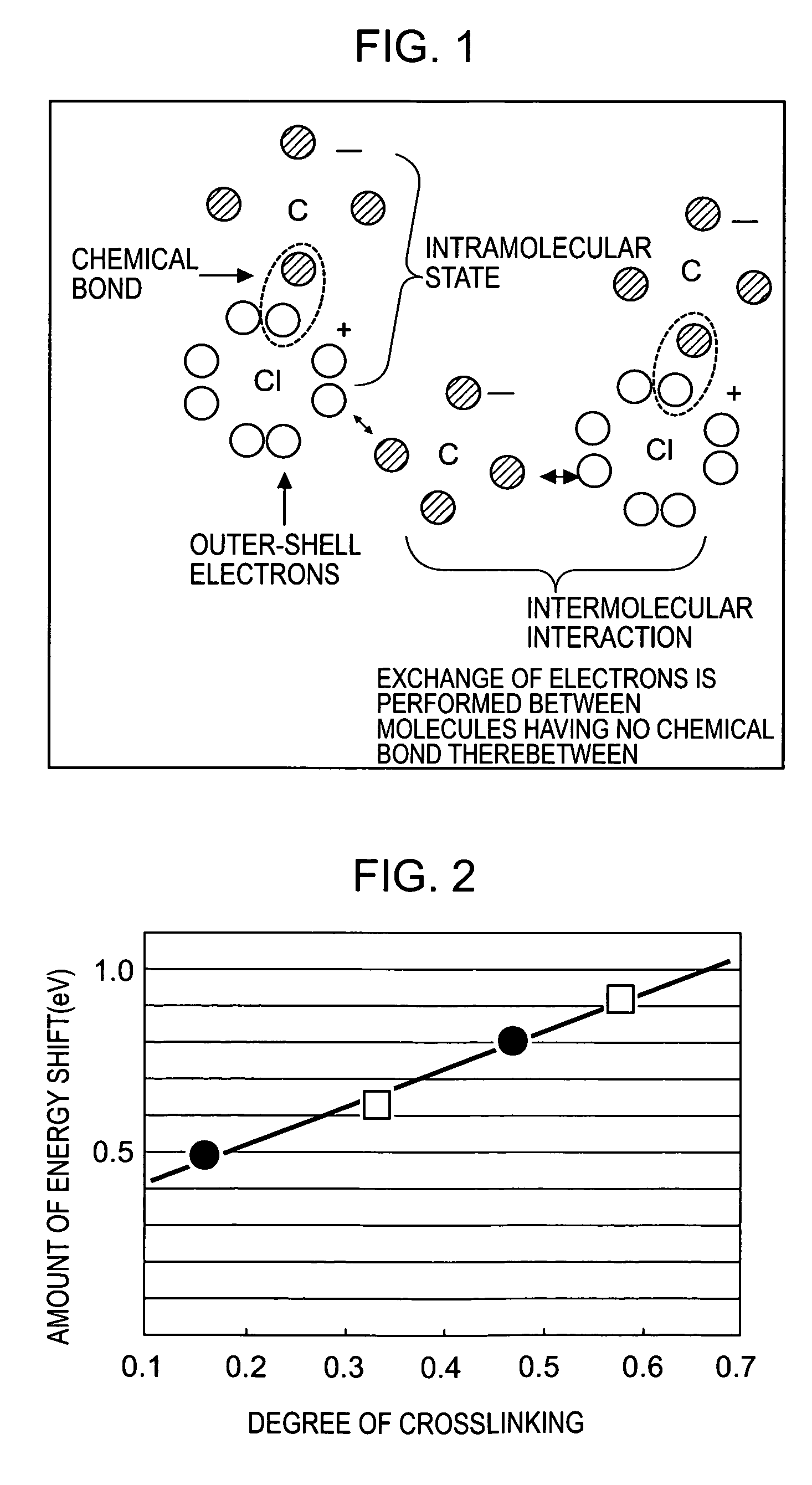Methods for evaluating and manufacturing rubber and method for manufacturing joint seal for inkjet printer
a technology of inkjet printer and manufacturing method, which is applied in the direction of printing, instruments, material analysis, etc., can solve the problems of difficult to accurately obtain the degree of crosslinking of rubber cannot be easily evaluated, and the increase of measurement error
- Summary
- Abstract
- Description
- Claims
- Application Information
AI Technical Summary
Benefits of technology
Problems solved by technology
Method used
Image
Examples
examples
[0034]Hereinafter, the present invention will be described in detail with reference to examples.
[0035][Measurement of Torque by Curastometer]
[0036]First, in order to clearly understand the relationship of the degree of crosslinking of rubber for evaluation with a heating time and a heating temperature, by using a non-crosslinked chlorinated butyl rubber composition, torque measurement (measurement of degree of crosslinking) was performed by a curastometer in the following manner.
[0037]An inorganic additive such as a vulcanization accelerator and an organic degradation inhibitor were added to chlorinated butyl rubber, followed by kneading, so that a non-vulcanized (non-crosslinked) chlorinated butyl rubber composition (A) was prepared. Next, while a constant temperature was maintained, the change in torque with time was measured. The results are shown in FIG. 4. It is understood that when the temperature is low, a crosslinking rate is low, and that when the temperature is high, cross...
PUM
| Property | Measurement | Unit |
|---|---|---|
| energy | aaaaa | aaaaa |
| energy | aaaaa | aaaaa |
| photoelectron spectroscopy | aaaaa | aaaaa |
Abstract
Description
Claims
Application Information
 Login to View More
Login to View More - R&D
- Intellectual Property
- Life Sciences
- Materials
- Tech Scout
- Unparalleled Data Quality
- Higher Quality Content
- 60% Fewer Hallucinations
Browse by: Latest US Patents, China's latest patents, Technical Efficacy Thesaurus, Application Domain, Technology Topic, Popular Technical Reports.
© 2025 PatSnap. All rights reserved.Legal|Privacy policy|Modern Slavery Act Transparency Statement|Sitemap|About US| Contact US: help@patsnap.com



